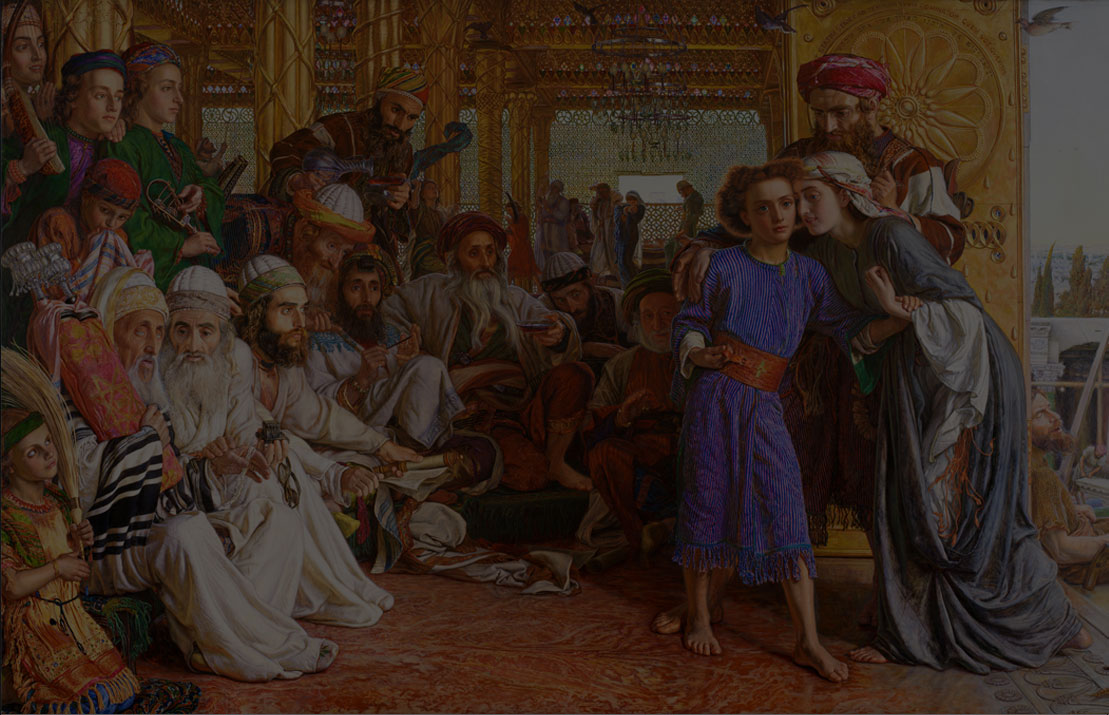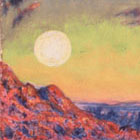April 2, 1827 Born in London, the son of a warehouse manager. His parents intended his middle name to be Hobman, his mother’s surname, but the priest mistakenly registered him as William Holman Hunt.
1841 While employed as a clerk in a muslin and calico printing works, he copied paintings in the National Gallery in his spare time.
1844 Accepted as a student in the Royal Academy Schools, where he befriended fellow student John Everett Millais.
1848 Met Dante Gabriel Rossetti. The Pre-Raphaelite Brotherhood was formed, consisting of Hunt, Rossetti, Millais, Thomas Woolner, Frederic George Stephens, William Michael Rossetti, and James Collinson.
1850s Painted The Light of the World, an image that would become famous throughout the Protestant English-speaking world.
1854–56 Left England to paint biblical scenes in their original settings, stopping first in Egypt and then Jerusalem.
1865 Married Fanny Waugh.
1866 Departed for the Holy Land with Fanny but was forced to stop in Florence, where their son, Cyril, was born. Fanny died shortly after giving birth. Hunt returned to England with Cyril in 1867.
1868 Returned to Florence to paint and to construct a memorial to Fanny.
1869–72 Second stay in Jerusalem, where he painted The Shadow of Death.
1875 Married Edith Waugh, Fanny’s sister.
1875–78 Third visit to Jerusalem, accompanied by his family. A daughter, Gladys, is born in 1876.
1879 Birth of his second son, Hilary Lushington Holman Hunt, in London.
1892 Visited the Holy Land for the fourth and final time.
1904 Finished third version of The Light of the World, which toured the British Commonwealth.
1905 Publication of his two-volume autobiography, Pre-Raphaelitism and the Pre-Raphaelite Brotherhood. Failing eyesight made him dependent on the work of assistants to finish his last paintings, including The Lady of Shalott.
September 7, 1910 Died in London of emphysema and bronchitis. Buried in St. Paul’s Cathedral alongside such other great British artists as Sir Joshua Reynolds, J. M. W. Turner, and Sir John Everett Millais.




